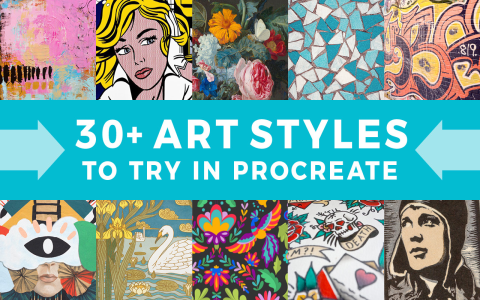Okay, folks, gather ’round for a bit of a story about something that sounds dead simple: getting a flat side profile on a project. You’d think, “Easy peasy, right?” Well, let me tell you, the journey can be a bit more… winding than you’d expect.

The Initial Problem
So, I was working on this custom piece, nothing too fancy, but it needed to sit perfectly flush against another surface. And one particular edge, a curved one, mind you, needed to have a perfectly flat side profile. If it wasn’t flat, the whole thing would wobble or look off. I knew this was crucial from the get-go.
My first thought was, “I’ll just eyeball it and sand it down.” Yeah, that was optimistic. After my initial attempt with a block of wood and some sandpaper, I ended up with something that looked more like a wavy potato chip than a precise profile. Clearly, winging it wasn’t going to cut it. I needed a more structured approach.
Trying to Get it Right
I then moved on to making a template. I figured if I could get a perfect template, I could transfer that shape. Drew it out on some thick cardstock, cut it carefully with a craft knife. Looked pretty good. Then I tried to use that to guide my cuts on the actual material. The cardstock was just too flimsy, it flexed, and the edge I was trying to shape on the wood still ended up a bit inconsistent. Frustrating, to say the least.
I considered buying some specialized tool, you know, those fancy jigs or guides you see in woodworking magazines. But honestly, for a one-off project, I didn’t want to spend a fortune or clutter up my workshop with something I’d rarely use. I’m all about practical solutions, using what I’ve got if I can.
So, I thought, “Okay, what’s sturdier than cardstock but still workable?” I had some thin hardboard lying around, the kind you use for drawer bottoms. It’s about an eighth of an inch thick. Perfect. I meticulously redrew my profile onto the hardboard. This time, I took ages cutting it out, using a fresh, sharp blade in my utility knife, making multiple shallow passes instead of trying to cut through it all at once. Patience, I reminded myself, patience.

Once I had the hardboard template cut, the edge was still a bit rough from the knife. So, I spent a good while sanding that edge on the template itself, making it as smooth and true to my intended profile as possible. This template was going to be my master guide, so it needed to be spot on.
The Actual Shaping Process
With my now much-improved hardboard template, I clamped it firmly to my workpiece. This was key – strong clamping so nothing shifted. Then, I used a flush-trim bit in my router. For those who don’t know, this bit has a bearing that rides along the template, and the cutter trims the workpiece to match the template exactly. Sounds easy, right?
Well, even with this setup, it took a few passes. I didn’t want to take off too much material at once and risk tear-out or burning. Small, careful passes. I’d make a pass, unclamp, check it, re-clamp, and go again if needed. There was a lot of checking with a straight edge to ensure that side profile was indeed flat and following the curve of the template accurately.
There was a bit of fine-tuning with a sanding block afterwards, just to knock off any tiny imperfections. You really have to feel it as much as see it. Running your fingers along the edge tells you a lot.
The Result and What I Learned
In the end, I got it. A nice, clean, flat side profile that followed the curve exactly as I wanted. The piece fit perfectly. It was a lot more involved than I initially thought it would be for something so seemingly basic. But that’s often the way with these practical projects, isn’t it?

What I really took away from this was the importance of a good template. Don’t skimp on making your guide as perfect as possible, because your final piece will only be as good as your template. And patience, lots of it. Rushing these things is usually when mistakes happen.
It’s funny, you see these polished end results online or in magazines, and they make it look so effortless. But behind every clean line and perfect fit, there’s often a fair bit of trial, error, and a whole lot of sawdust. And that’s the reality of making things. It’s a process, and you learn something new every single time.

